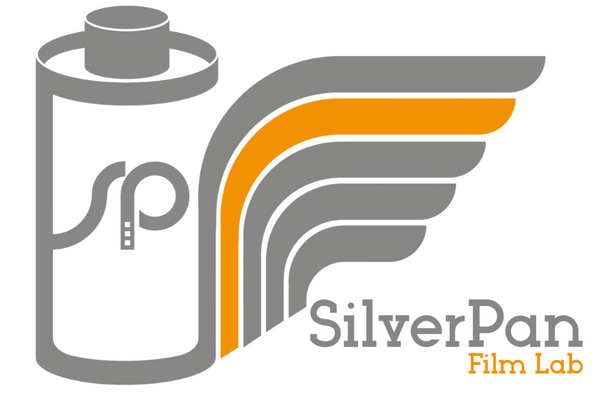Today HARMAN Technologies have announced the launch of the first colour negative film to ever be produced from scratch at their facility in Cheshire. This is excellent news for the film community given the recent scarcity of colour negative stock, a huge achievement.
HARMAN Phoenix 200 is a brand-new ISO 200 colour negative film with a real ‘analogue’ look and feel.
As their first attempt at colour film, it is a signal of intent for the business - with sales from this film being used to refine and improve their formulations, coating capabilities and colour technology. The aim is that each new HARMAN colour film will be an improvement on the previous.
Although marketed by the company as a ‘quirky, experimental film‘ in our opinion we have found that some really pleasing results can be had from the emulsion. When handled correctly at both the exposure and development stage, Phoenix 200 35mm film can produce very useable results with a unique grain structure and feel reminiscent of some of the Eastern European film stocks of the 70’s and 80s.

Here at SilverPan we have been privileged to have had early access to the film, and have been working behind the scenes over the past month with the lab technicians at HARMAN to tune in the characteristic response of lab scanning equipment to the new film.

As a brand new emulsion with unique characteristics, several challenges are posed when using traditional lab scanners such as our Noritsu HS-1800.
One of the things you will notice when looking at a roll of Phoenix is that the undeveloped emulsion is a yellow-green shade as opposed to the ‘normal’ pinkish-orange.

This translates to a developed negative with a purple/magenta base as opposed to the regular orange/tan colour you may be familiar with.
A lab scanner by default is expecting a standard orange/tan film base in order to extract the true and correct colours in each red/green and blue channel. Deviations from this can cause odd skewed colour as the machine interprets the unusual coloured film base as part of the image.
Fortunately, there are ways to compensate for this in the scanner software, but it requires a deep delve into the settings and lots of testing to arrive at the correct values and setup which will render a scan of the film which preserves the true colour and contrast of the film.
In addition, the mild red blooming effect caused by a weaker anti-halation layer can artificially blow out and over-expose the red channel in the highlights. We have been able to mitigate this effect dominating the image to some degree in settings whilst still keeping it as an obvious characteristic of the film.

Through our work with both the lab technicians at Harman and Analogue Wonderlab we have arrived at some suitable settings for the Noritsu machines which will be provided to labs as a starting point for their individual Phoenix setups.
We have found that running a lab scanner on fully auto without any input is not what is required to get the best out of Phoenix!
We have also been able to scan the test films on our high-end Hasselblad Flextight scanner. This fantastic machine avoids many of the challenges posed by the Noritsu in that it is not thrown by the colour of the base, as this is chosen and set manually by the operator for each frame.
We feel the results achieved using this method really make the most out of a new and unique film stock.
We shot our roll of the new film on an overcast day in and around Bath and Bristol. Not the best conditions for Phoenix 35mm film, which performs at its best under good lighting! However we were pleasantly surprised by the results.
The camera used was a Minolta Dynax 7 with multi spot-metering with a 28mm and 35-70 / 100-300mm zoom, with use of some off-camera flash on occasion.

As you can see the film exhibits a coarse and characteristic grain structure, relatively high contrast and a sharp drop-off in the shadows. Film latitude is small in this film and exposure has to be pretty spot-on to avoid blowing out the highlight detail. We were probably helped here by the flat lighting on the day.
There is an obvious red hue to the highlights due to the aforementioned halation effect, but a pleasing natural colour and saturation can be achieved.

Due to these interesting characteristics we found it ideal for an interesting take on close ups / portraiture photography - the slight softness and high grain give an interesting effect.

In some ways the look and rendering of this film reminds us of the old-technology pre-T-grain film stocks of the 1970s and earlier - particularly some of the old Orwo stocks or the infamous Scotchchrome 1000. It is truly something unique and well worth trying.

We are lucky to have a small stock of the film for sale available here at our Bristol shop, so please stop by and pick up a roll or two! If you can’t swing by our site then Analogue Wonderland has rolls available for fast home delivery: you can pick it up here.

